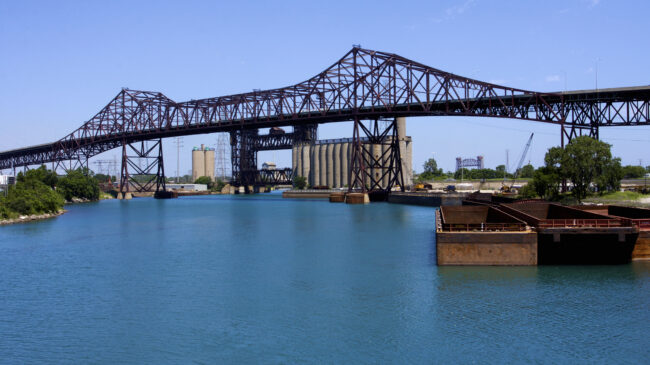Long-term public-private partnerships are contracts between public and private entities for major infrastructure such as highways. Well-written public-private partnership agreements allocate risks between the partners, sparing taxpayers from some major risks, such as cost overruns.
Public-private partnerships (P3s) for complex multi-billion dollar highway projects have been used for half a century in Europe and for the last two decades in Australia, Latin America, and Canada. Over the past 20 years, nearly two-dozen long-term transportation P3s have been financed in the United States and P3 toll projects are under construction or already in operation in many states, including California, Colorado, Florida, Texas, and Virginia.
States are increasingly using public-private partnerships to deliver new transportation capacity, thereby improving mobility without unduly burdening taxpayers. P3s come in many forms and can be used in the development of new infrastructure as well as the maintenance and improvement of existing infrastructure.
Public-private partnerships offer governments a way to help address problems such as aging infrastructure, increasing demand, and constrained budgets. P3s should be written to provide safeguards against the kinds of cost overruns and delays that plague conventional megaprojects.
In general, public-private partnership projects have five significant advantages over when used to fund transportation infrastructure:
- Delivery of needed additional transportation infrastructure sooner. P3s offer a way to finance major highway and infrastructure projects that otherwise might be built years later—or not at all. Many state governments are facing growing demand for road transportation capacity at the same time they’re experiencing declining funding from conventional sources, such as gas taxes. As a result, the maintenance and renovation of existing highways often use up available financial resources while urban traffic congestion worsens. Public-private partnerships offer governments a way to fund projects they don’t have the money for right now.
- P3s offer the ability to raise large, new sources of capital for toll projects. Rebuilding and modernizing our freeways and Interstates is very costly. The long-term P3 model can raise significant investment capital for new and reconstructed transportation infrastructure because it is attractive to many different types of infrastructure investors, including public pension funds and insurance companies.
- P3s shift financial risk from taxpayers to private investors. Public-private partnerships parcel out duties and risks to the parties best able to handle them. The state remains responsible for public rights-of-way and environmental permitting. Private companies typically assume the risks associated with construction cost overruns and any possible traffic and revenue shortfalls. Shifting these risks to private parties that have strong financial incentives to contain costs increases the likelihood that the infrastructure project will be completed on time and on budget.
- P3s provide a more business-like approach. Compared with government highway providers, toll road companies are less susceptible to political pressure from narrow political interests and tend to be more customer-service oriented. They are quicker to adopt cost-saving and customer-service-oriented technologies, products, and services.
- P3s can help enable major innovations. The motivation for private partners to innovate, solve difficult problems, and improve service can be a powerful tool. For example, the concept of using variable-priced tolls to eliminate traffic congestion was pioneered by a private highway operator on SR 91 in California. Today, most P3 projects have adopted the variable pricing model for their managed lane projects.
Full public-private partnerships with design, build, finance, operate and maintain (DBFOM) steps come in three forms:
- Toll concessions
- Availability payments
- Hybrid model
While all three forms transfer some risk, toll concessions are preferable because the tolls serve as a revenue source for the project.
With availability payments, the revenue must come from gas taxes, sales taxes, or some other general revenue source.
A third option is a hybrid model that involves tolling where the public partner collects the toll.
Both availability payments and the hybrid model have two drawbacks: there is no relationship between the company building the toll road and its users, and the state retains the revenue risk (leaving taxpayers on the hook if the project fails to generate less revenue than expected or costs more to build than expected).
Many P3 projects use Transportation Infrastructure Finance and Innovation Act (TIFIA) loans and private activity bonds (PABs) as part of their financing. A typical toll-financed P3 uses a state investment for 14 percent of project costs, private equity for 29 percent of the costs, a TIFIA loan for 27 percent, PABs for 23 percent, and bank financing and capitalized interest for 7 percent.

